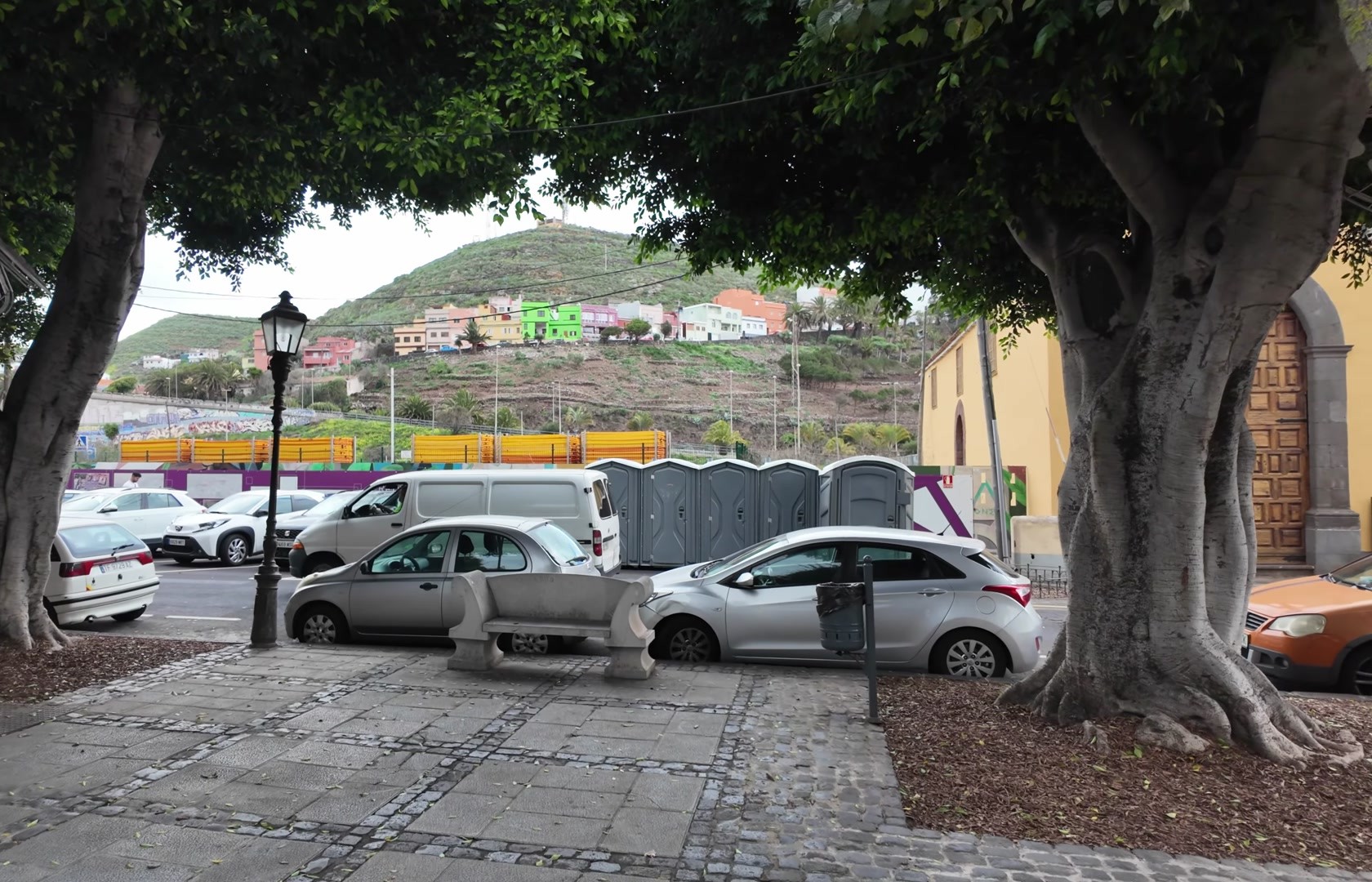
Hello friends, our journey on Tenerife Island continues. In this post I wanted to share a brief walk we took in the island’s historic capital, San Cristóbal de La Laguna, better known simply as La Laguna. It’s called La Laguna because there was once a lake here that served as a freshwater source. I’m not sure where the lake disappeared to, but the city is still here, standing strong since 1494. The city was founded by Alonso Fernández de Lugo, who also ordered the construction of the island's first Catholic church, the Church of the Immaculate Conception of the Virgin Mary. That’s where we began our walk.
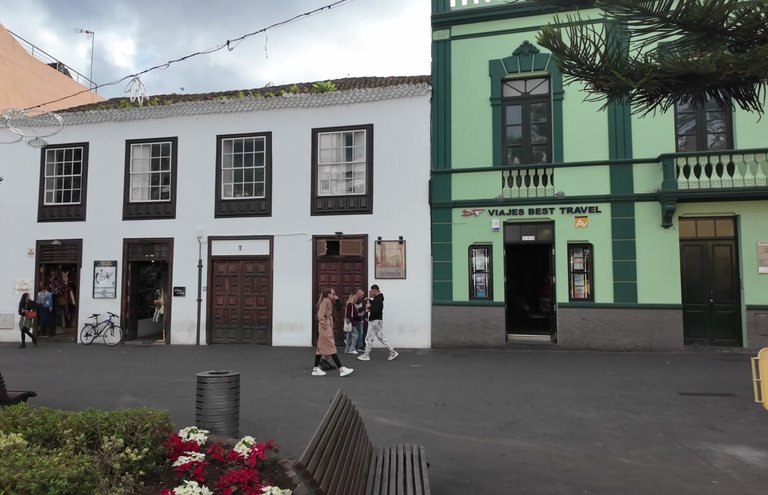





This Catholic temple the oldest church on the island, features a very old bell tower. Although the bell tower was rebuilt in the 10th century. From this tower you get a beautiful view of the entire central historic district of San Cristóbal de La Laguna. This historic area was added to the UNESCO World Heritage List in 1999, which speaks to its rich past. The city is home to a wealth of well-preserved colonial architecture, giving it a unique charm that sets it apart from Santa Cruz.






That said nowadays, these two cities feel almost like one, as Santa Cruz seamlessly transitions into La Laguna. You can even get here by tram from Santa Cruz. Right across from the Church of the Immaculate Conception, there’s a representative piece of cultural heritage: a house described in sources as a typical Canarian home. But if you ask me, it had quite an unusual owner,an Irish merchant. Honestly it reminded me more of Andalusian houses because it features a courtyard with the structures built around it. The combination of wood and stone is also quite typical of southern Spain and you’ll see that here as well.



Many museums have been set up in these kinds of houses, which is a lovely detail. You can usually enter them for free or for a symbolic fee. Inside you might find a museum, small shops or cafés like the one we visited. This particular house belonged to Allada Bracomonte, one of La Laguna's noble residents. Inside there was a small nativity scene since Christmas had recently been celebrated and the sound of bells confirmed the festive spirit.



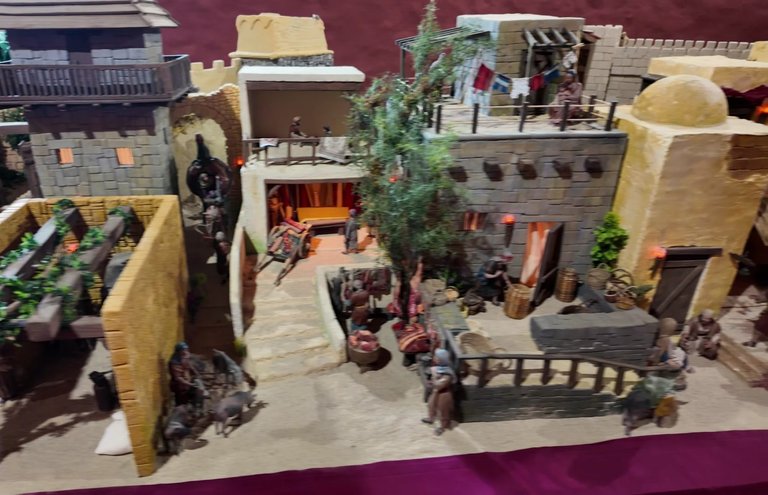

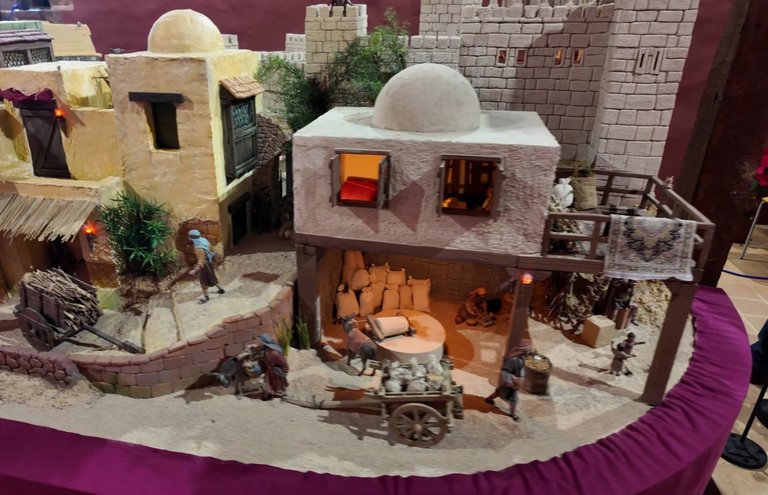
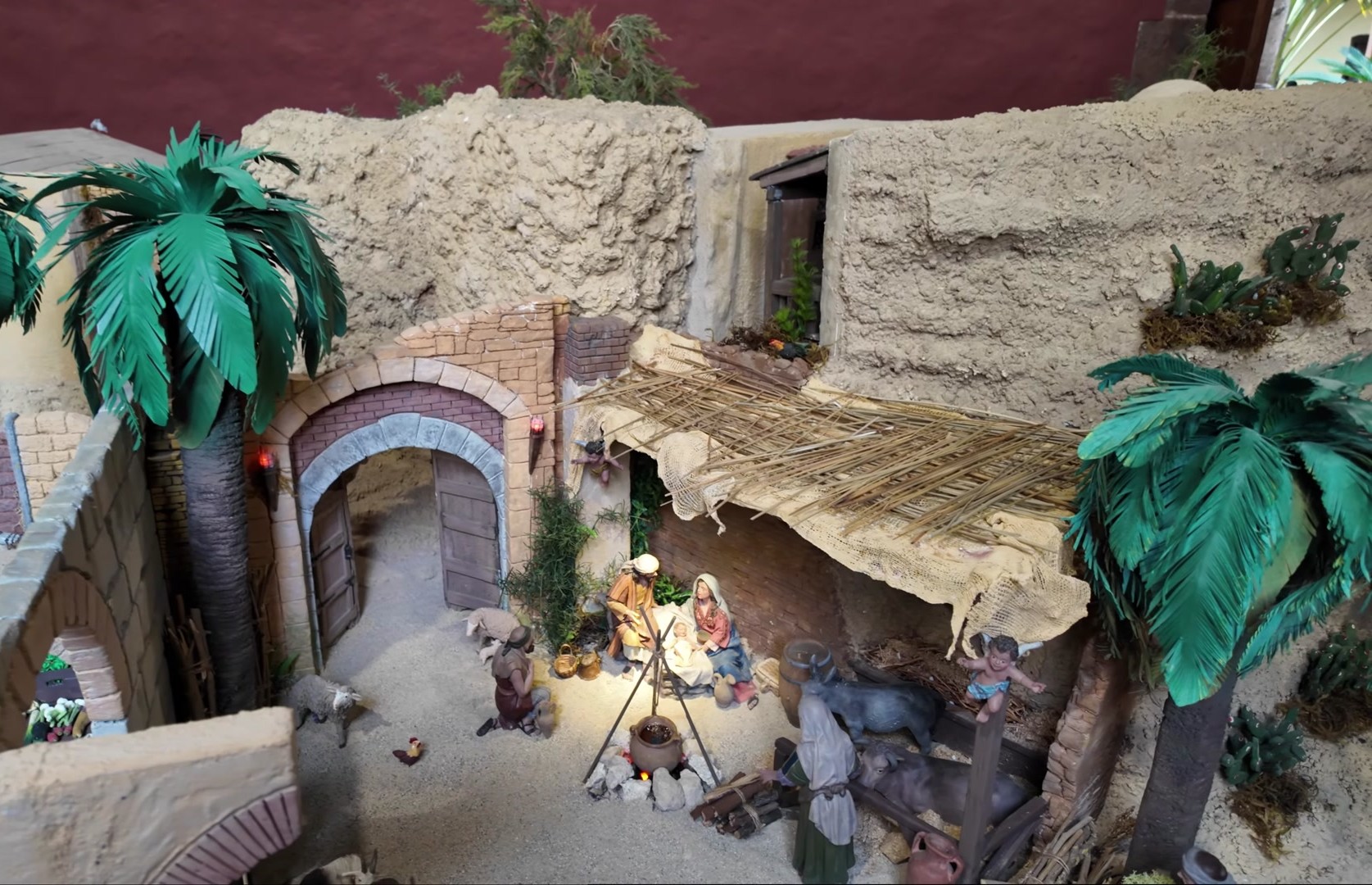
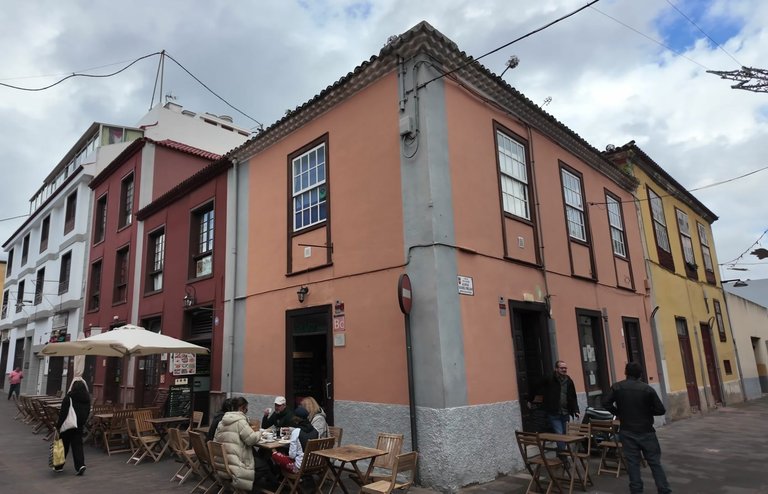
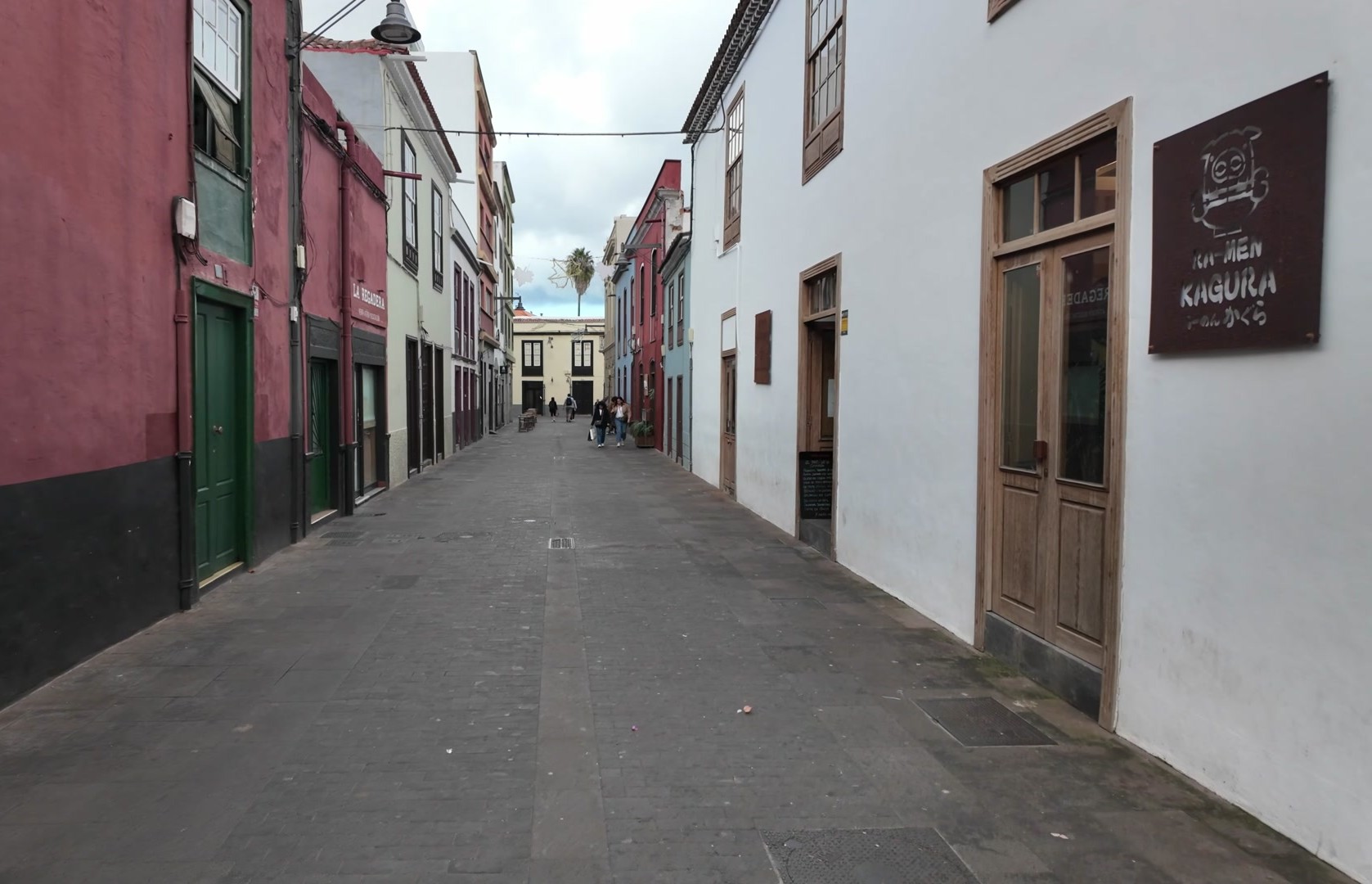
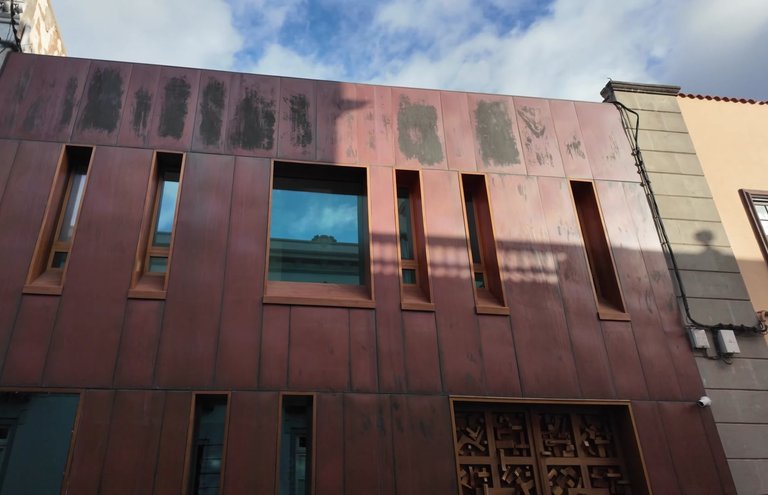
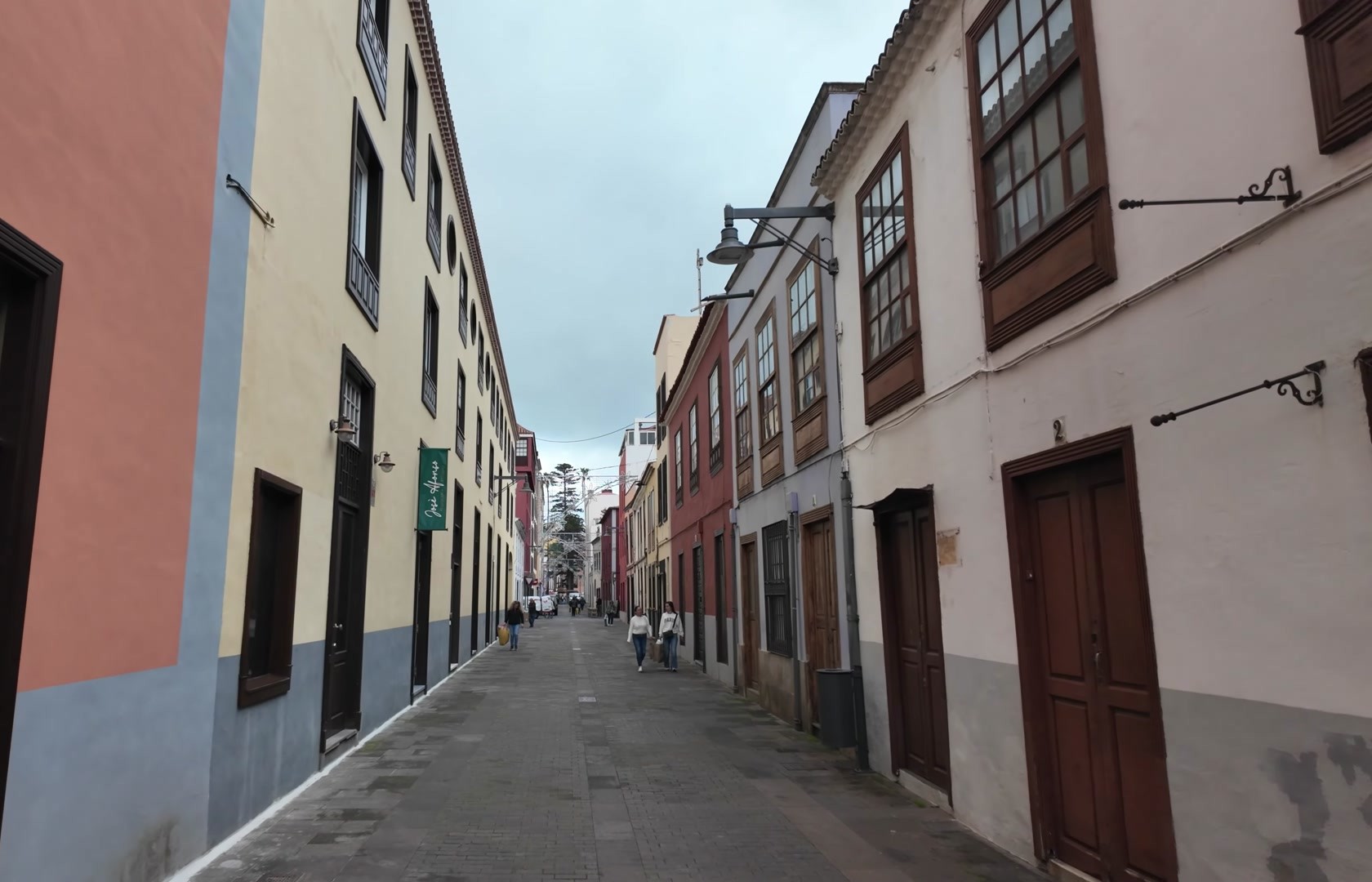
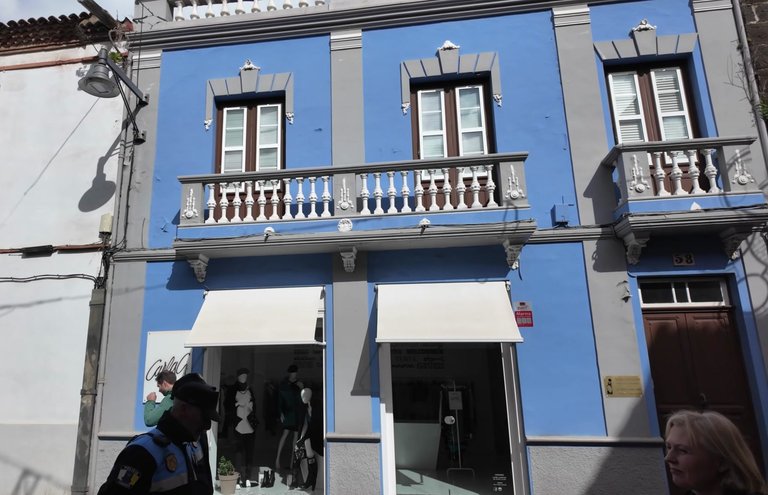
Another significant religious structure is the Cathedral of San Cristóbal de La Laguna. In fact construction of this cathedral began shortly after the conquest. The person who ordered its establishment was the same adelantado, Alonso Fernández de Lugo. Adelantado was a title given to conquerors tasked with discovering new lands on behalf of the Spanish crown. Incidentally there is also a square here named Plaza del Adelantado.
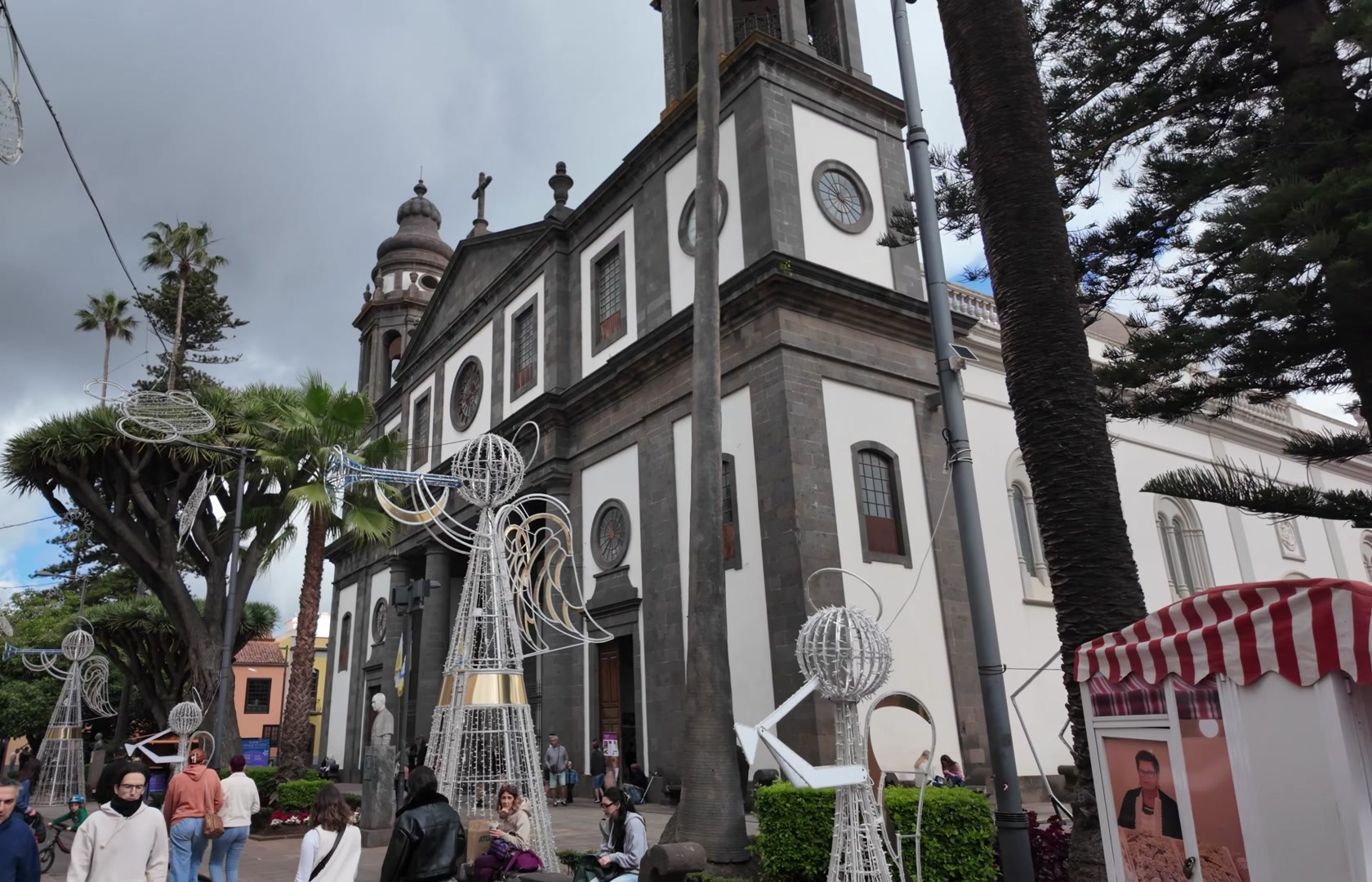

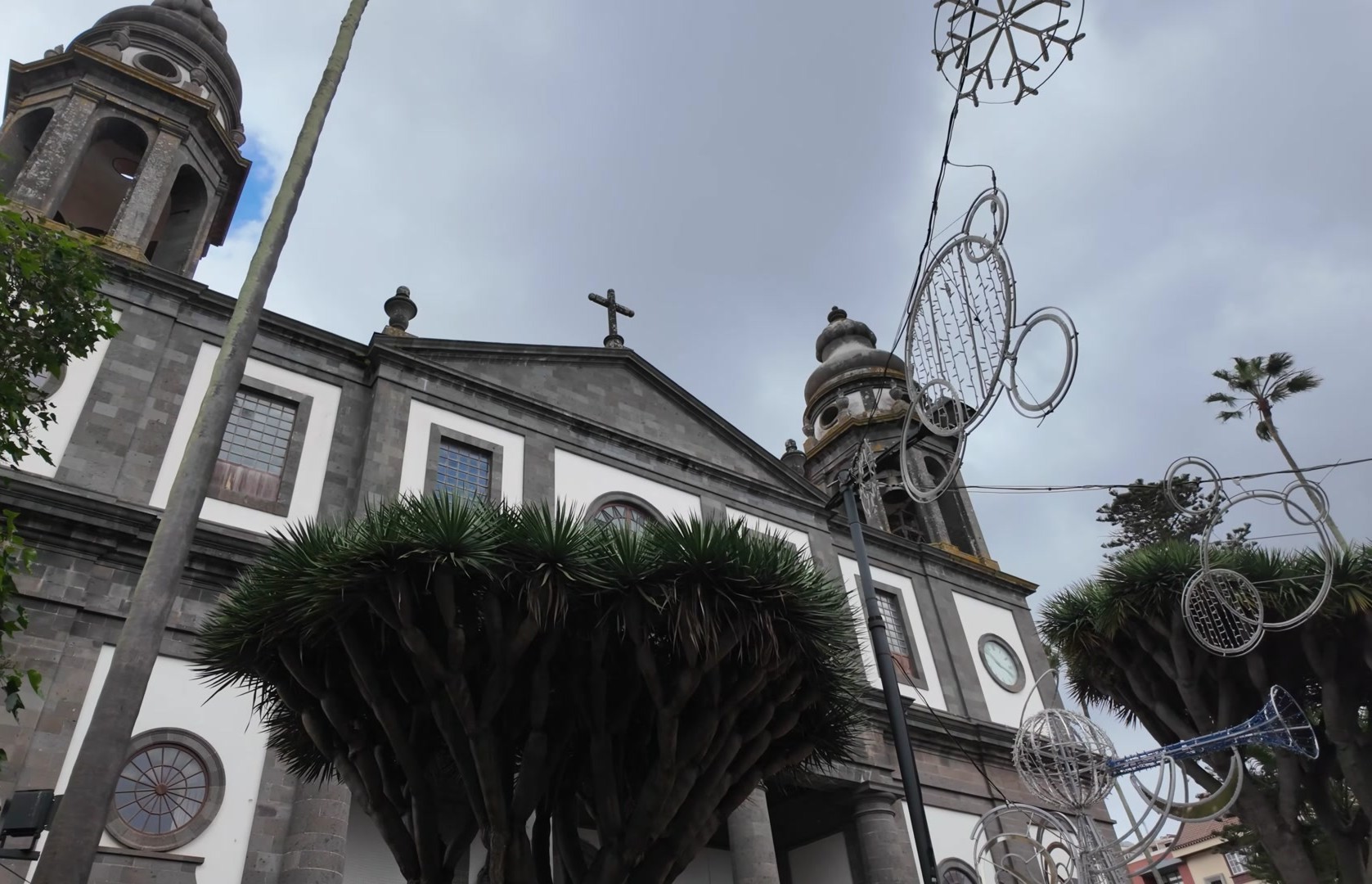
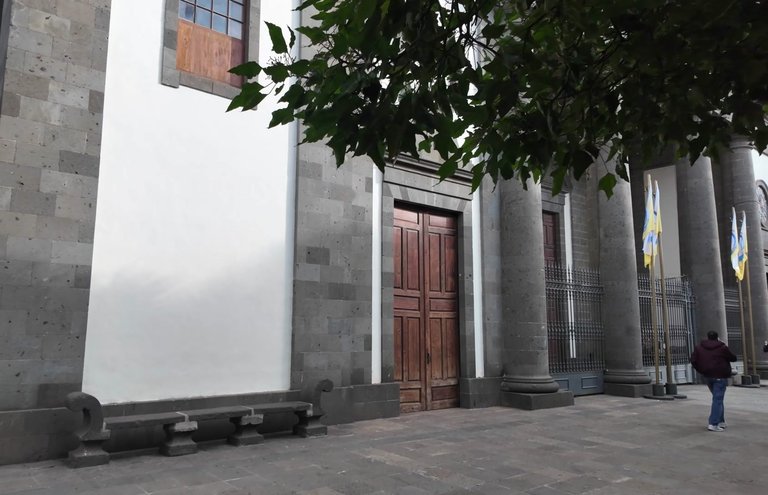
Alonso Fernández de Lugo first established a church here dedicated to the Virgin Mary, which was later converted into a cathedral. From the early 15th century onwards, the construction of this cathedral continued for centuries. It is known as the first building in Spain to be constructed using concrete, though this refers only to its façade. The interior decorations were made from volcanic stone, sourced from the island’s volcanoes.


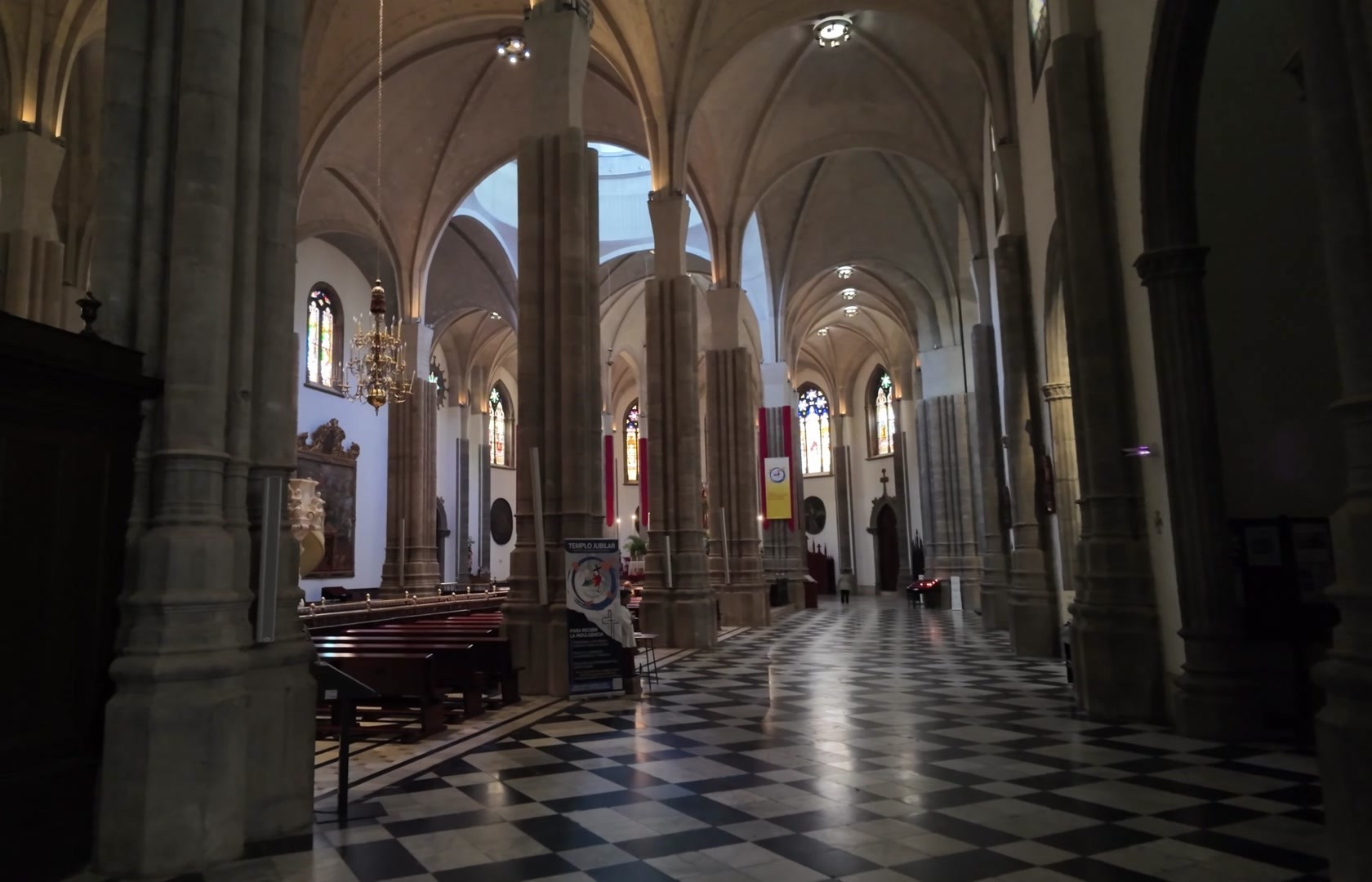
Inside the cathedral there are quite a few interesting details. There are chapels dedicated to different saints. For example, the Chapel of Saint Barbara features an intricately carved altar depicting the silhouette of the famous Alcázar of Segovia. Another chapel is dedicated to Teresa of Ávila. The cathedral also houses an intriguing but not overly ornate treasury, displaying garments and objects used in religious rituals. There is also a silver custodia (likely a portable altar or a sacred object), which draws considerable attention.
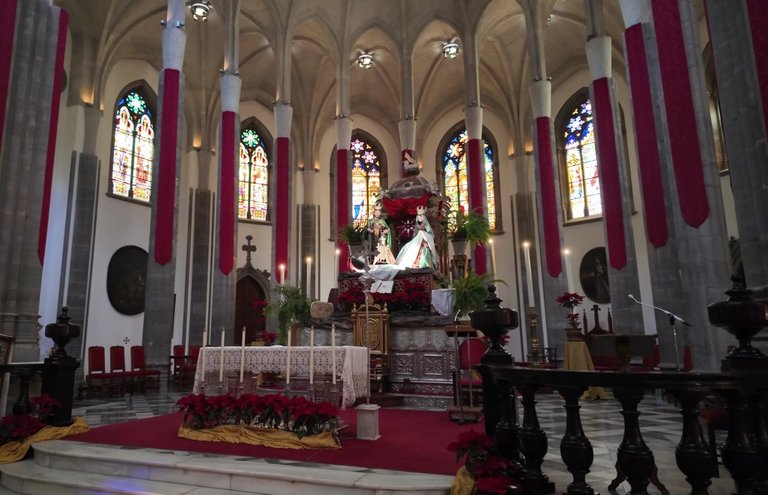

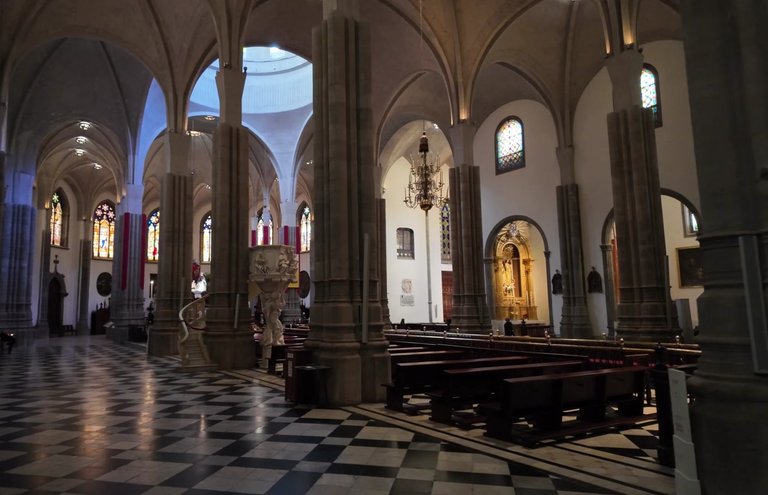




The most magnificent chapel is the Baroque chapel dedicated to the Virgin Mary, the protector of the city and the island. Pay attention to a painting here by a Dutch artist, who was a teacher of Van Dyck. It’s quite unusual to see such a painting in Tenerife. It’s also worth noting that Alonso Fernández de Lugo is buried here in the cathedral, marked by a commemorative plaque.
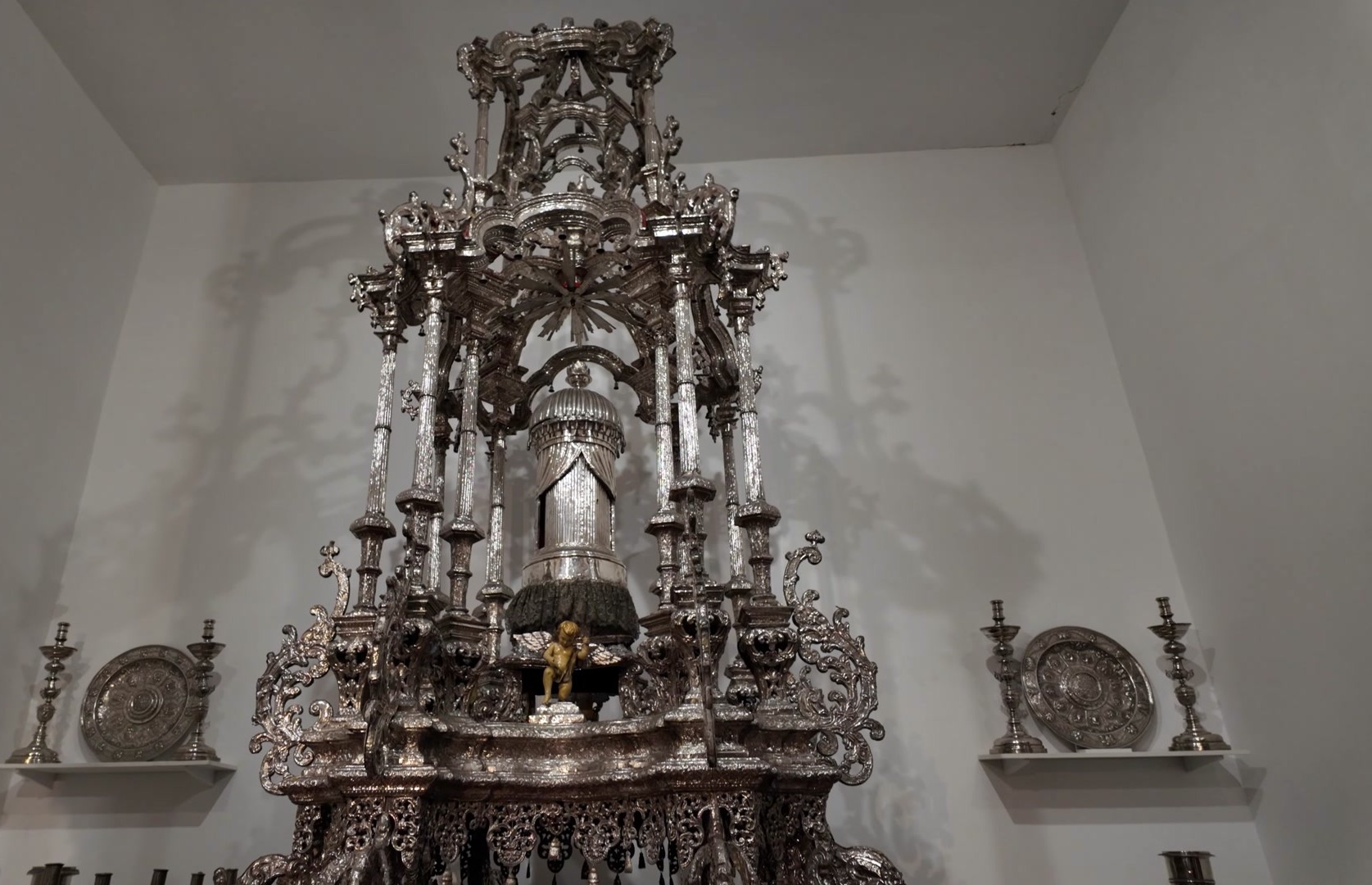


Among the cathedral's decorations, the pulpit made from Carrara marble stands out. And don’t forget to climb up to the balcony where the organ is located,it offers a fantastic view of the cathedral’s interior. Overall this place is definitely worth visiting.





After the cathedral we moved on to the Casa Salazar or Salazar House. The Salazar family, who built this house, were wealthy and it served as their residence for some time. Later, a bishop moved in. I’m not sure how the bishop took over the palace, but the building itself looks quite interesting. It’s not purely colonial in style. it leans more towards Baroque with some neoclassical elements. The columns especially give off this vibe.



This place also has a tragic past, as the building was completely destroyed by fire in 2006, leaving only the volcanic stone façade intact. The interior was entirely rebuilt, but the result turned out to be quite neat and pleasant. You can enter and explore inside, though you won’t be allowed into the bishop’s private quarters. There’s also a semi-open church space brought from Genoa, which Bishop Francisco Lercaro had built for himself. His name was likely Francesco, not Francisco, since he was Italian.

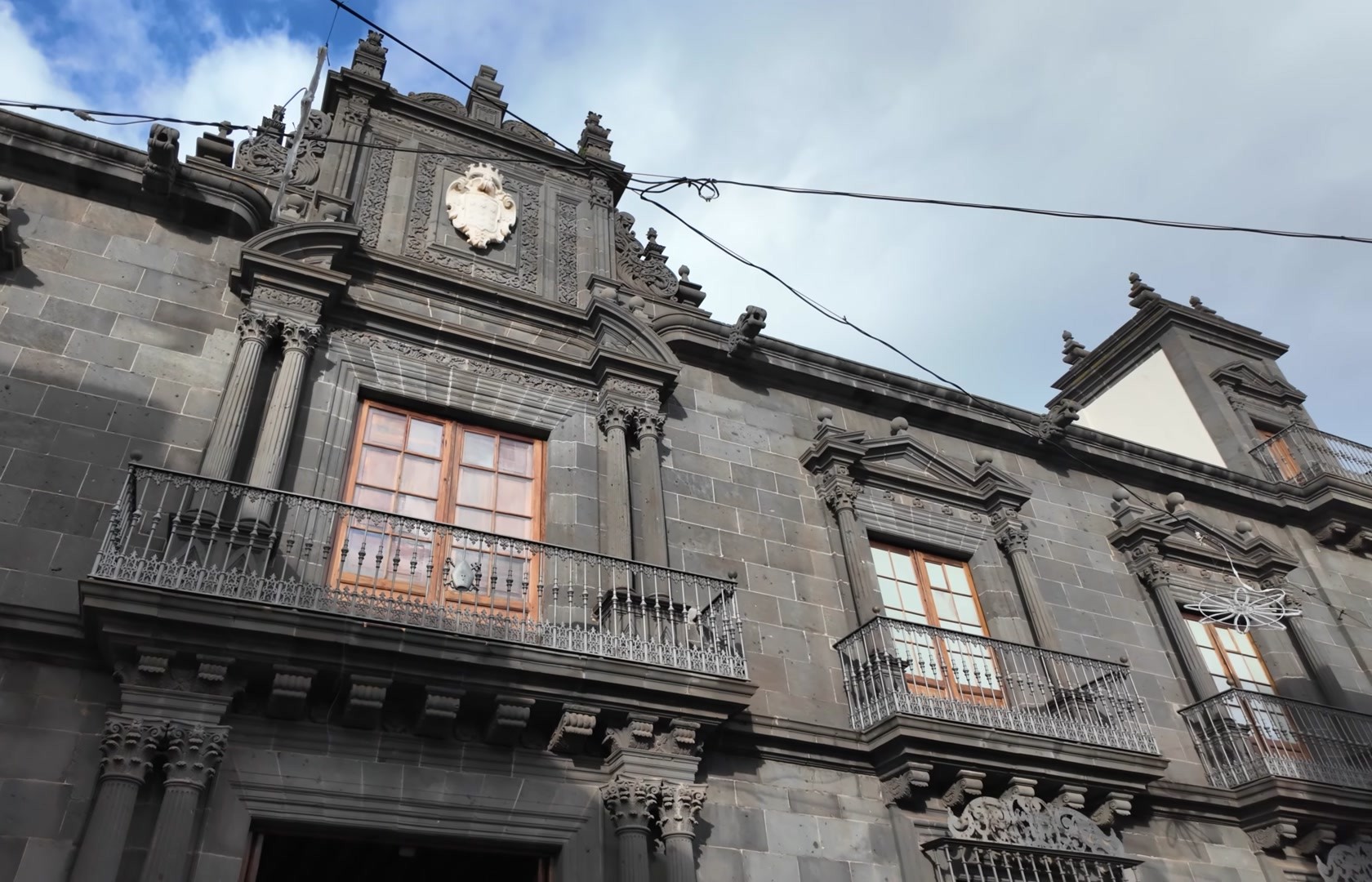




This house has been a bit luckier in its fate, as it was transformed into the Tenerife Museum of History and Anthropology in 2008. If you want to learn more about the island’s history in detail, this is definitely a place you should visit. You might even learn about the Guanches, since we’re talking about anthropology. By the way, in the Church of the Immaculate Conception of the Virgin Mary, there’s an interesting ceramic bowl that was used during the conversion of the Guanches to Christianity. That’s quite an intriguing detail. Though it’s another question altogether why anyone needed to harm the Guanches in the first place.
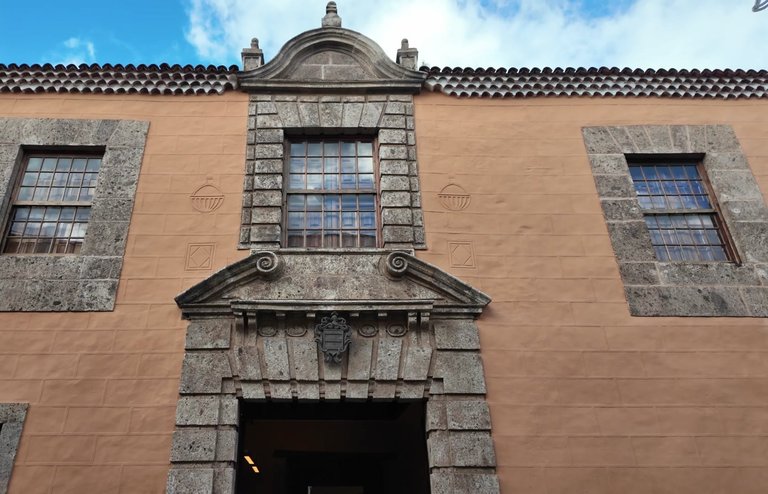
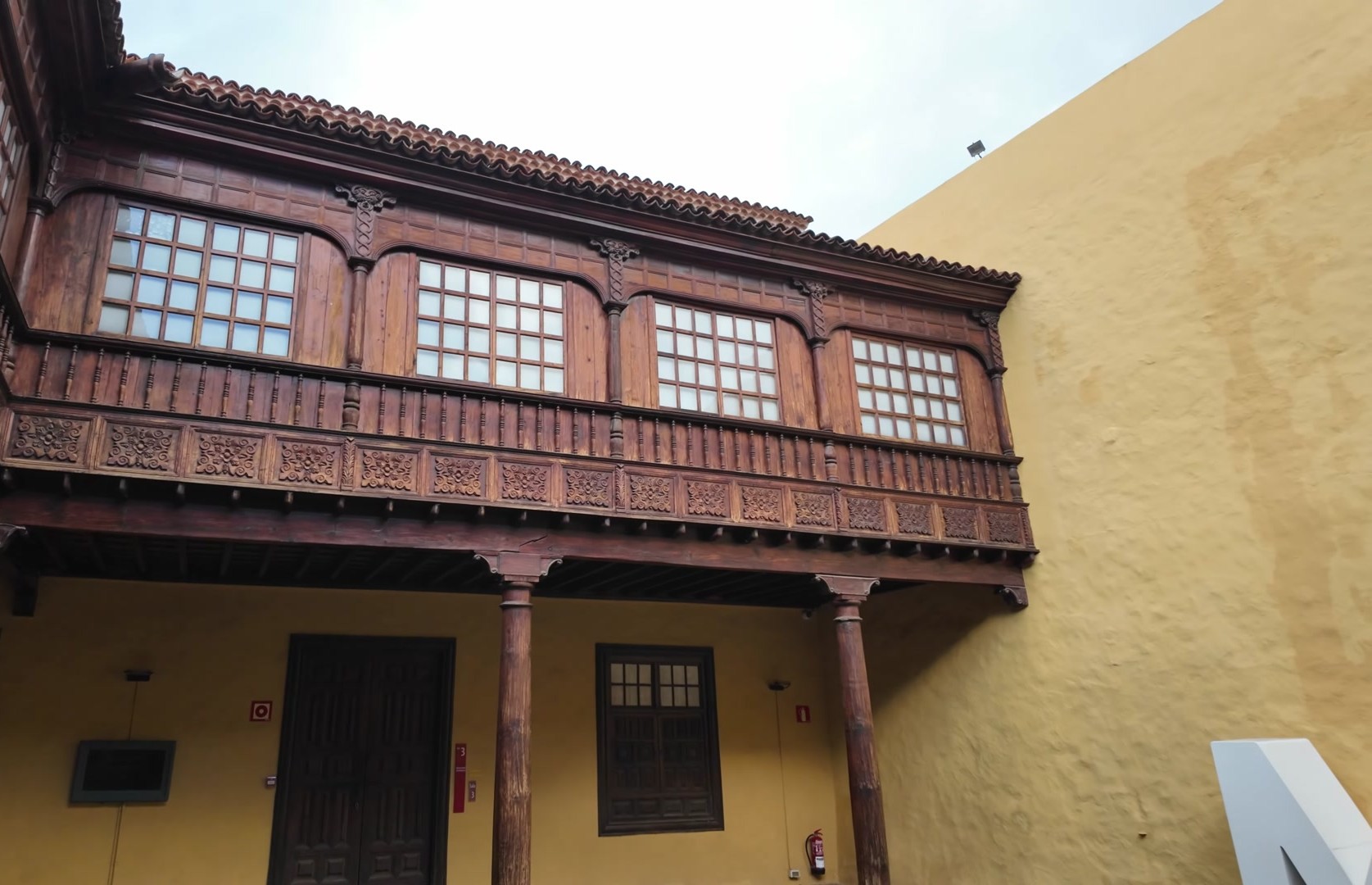


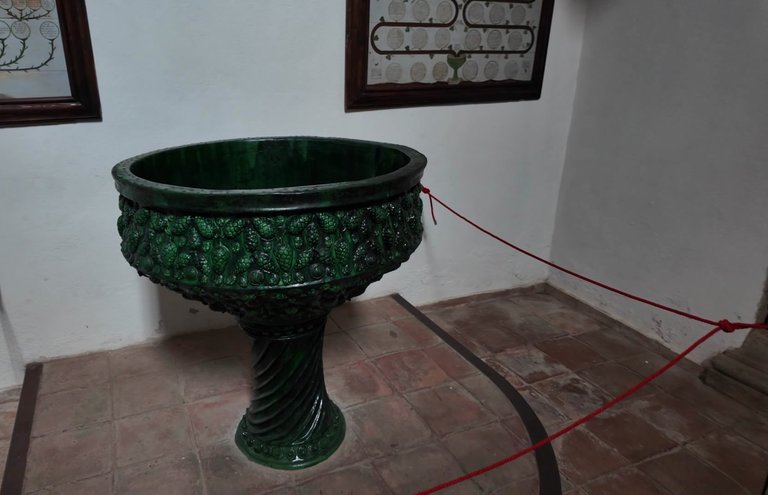
The final stop of our walk is Plaza del Adelantado, the square named after the conqueror. Yes, Alonso Fernández de Lugo. The square is quite charming and if all those tents and decorative clutter were removed, it would reveal a magnificent view. From here, you can see beautiful villas. It almost looks like a favela, but hopefully, it’s not as dangerous as those in Rio de Janeiro.

There are two notable buildings here. The first is the Palacio de Nava, a palace belonging to the Nava family, another lineage of conquerors. Although it is currently under restoration, it’s still worth taking a look to admire its Baroque façade, Neoclassical elements and hints of Mannerism. Right next to it, there’s a building that might not catch your eye at first glance. With its whitewashed walls, simple balcony and a small tower, it seems modest, but it holds significant importance. This is the Convent of Saint Catalina, where Saint Maria de Jesús, an important religious figure served.


Maria de Jesús was a nun who served here and she is said to have performed many miracles. For example, it’s claimed she could be in two places at once and foresee the future. However, she is most admired and remembered for her charity work. She showed great care for those whom fate had treated unfairly and she even included some controversial individuals in her charitable activities.

According to some sources Maria de Jesús had a certain closeness with a pirate named Amaro Pargo. While some suggest it was a romantic relationship, it is more widely believed to have been a spiritual bond. Thanks to his relationship with Maria de Jesús, Amaro Pargo contributed to many charitable causes on the island. He was born in San Cristóbal de La Laguna and lived here until the end of his life.
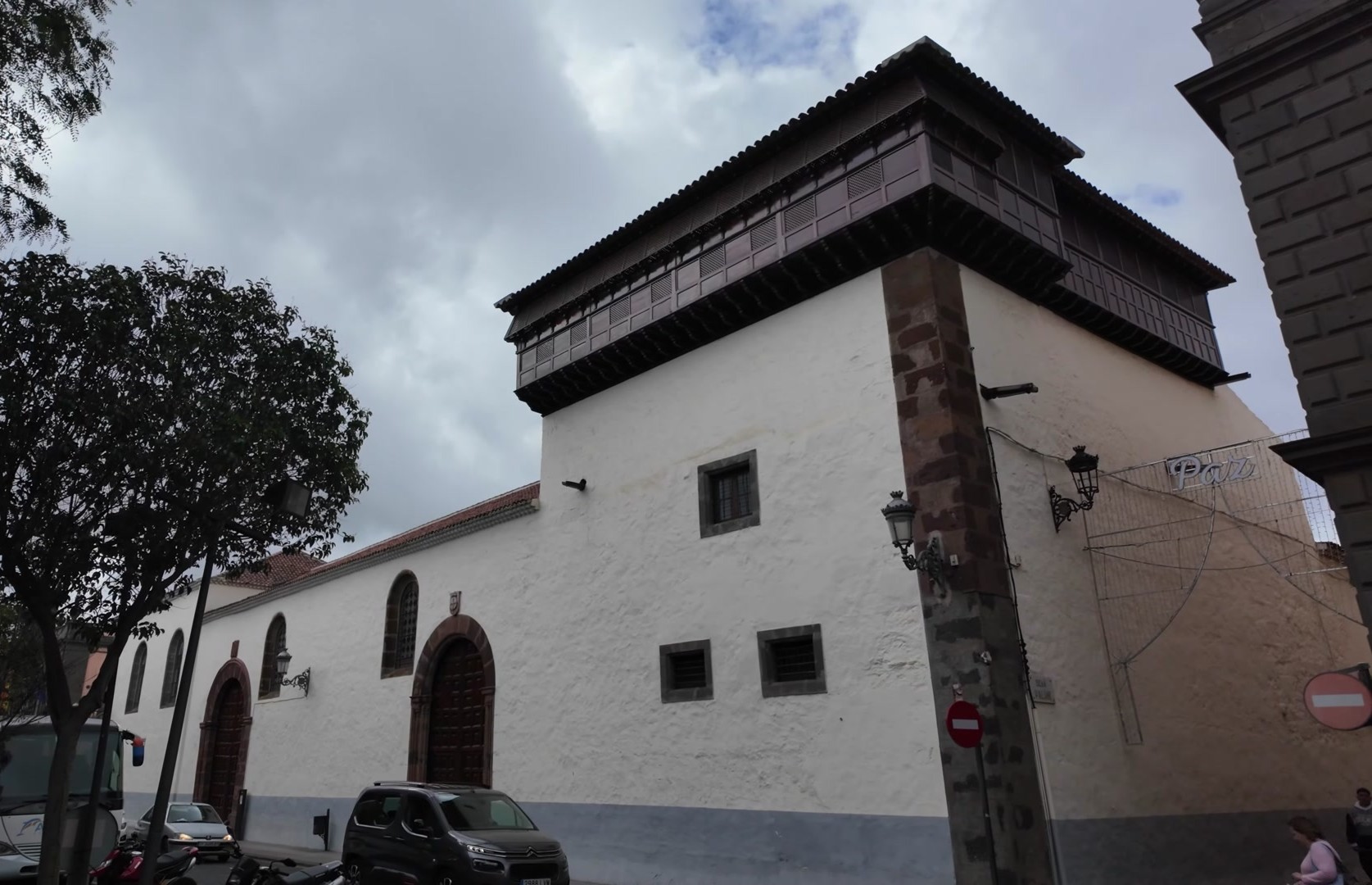
Legend has it that when Maria de Jesús passed away, Amaro Pargo was at sea and couldn’t make it back in time for her funeral. Upon his return, he ordered her tomb to be opened and to everyone’s astonishment, they found her body perfectly preserved. Since then, her body has been displayed in a crystal sarcophagus. Every year, if I remember correctly, on February 15, this sarcophagus is brought out, giving people the chance to touch her incorrupt holy remains. It’s quite a remarkable story, the life of Maria de Jesús.

The city of San Cristóbal de La Laguna itself is also quite fascinating. You don’t need to spend too much time here, a few hours are enough to see the main attractions and enjoy the panorama of these colonial streets. At the end of your visit, you can sit down for a coffee. By the way, there’s a lovely pastry shop right across from the Church of the Immaculate Conception of the Virgin Mary. I definitely recommend stopping by to try a dessert, maybe not the healthiest choice, but absolutely delicious.


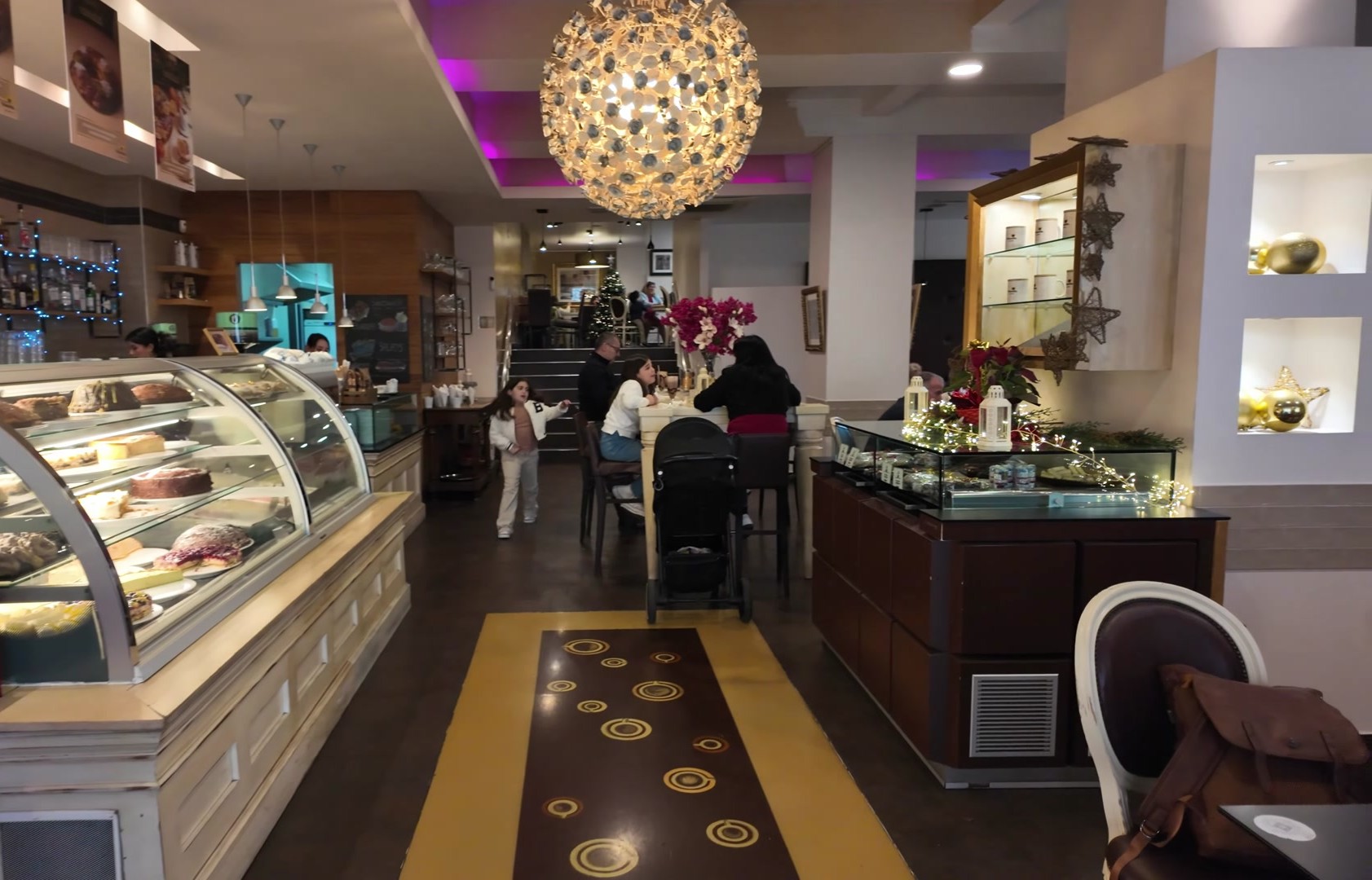


See you on the next travel adventure.

